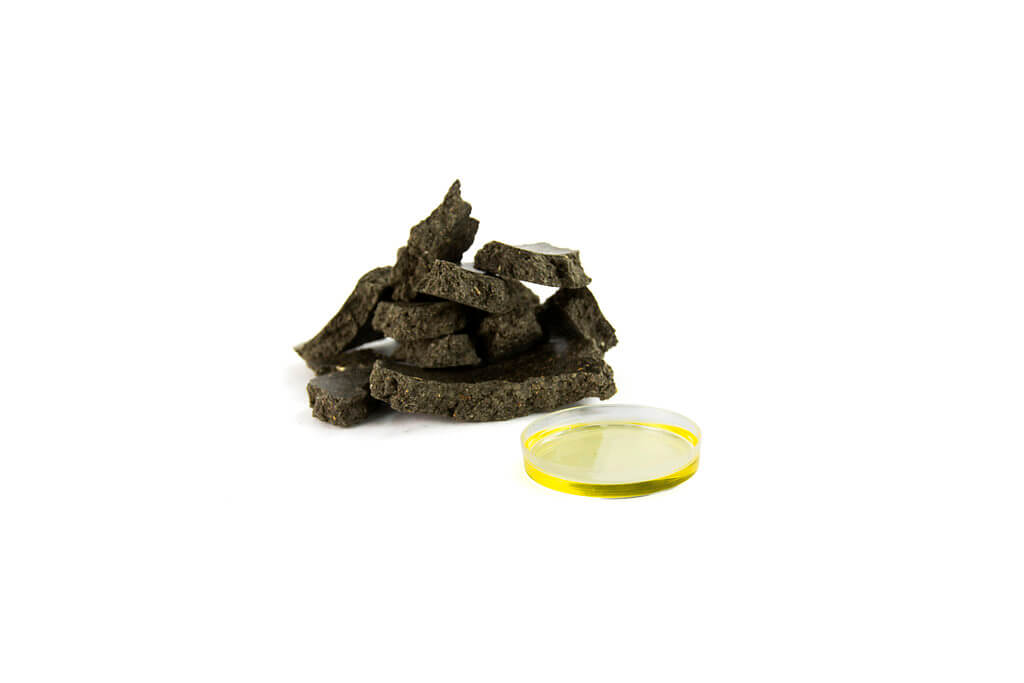Optimizing Processing for Sunflower

When it comes to processing sunflower seed for oil extraction, high-shear dry extrusion offers a highly effective method, particularly when dealing with the inherent variability of the seed. The oil content in sunflower seeds can range anywhere from 30% to as high as 50%, depending on the seed variety and its growing location. Due to their high oil content, sunflower seeds are treated similarly to other oil-dense crops, such as canola or flax, requiring a multiple-pass method to maximize oil recovery.
Unlike other oilseeds, sunflower must be processed with the hull on. This provides structure and aids in the extrusion process. The typical sequence involves a first pass where the seed is mechanically pressed without extrusion, helping to release the easily accessible oil. Then, a second pass typically involves extrusion to break down cell walls and release additional oil content. In many cases, this process can also require additional pressing and/or extrusion to maximize the oil content. Our process technicians can determine the optimal methods based on a customer’s specific needs or desired outcome.
If different seed is to be run on a consistent basis, one way to speed up the changeover would be to have an extra press shaft with the different screw configuration mounted on it, so you can change out shafts instead of taking everything apart. The same can be done with the cage. An extra cage can be shimmed for a particular seed instead of re-shimming the whole cage.
High-shear dry extrusion is not only valuable for its oil recovery potential but also for how it streamlines the processing workflow. With the right planning and equipment setup, processors can easily adapt to variable seeds and changing feedstock without sacrificing efficiency or quality. And when it comes to sunflower seed, where oil content and hull presence demand precision, the flexibility of a high-shear extrusion system shines.



